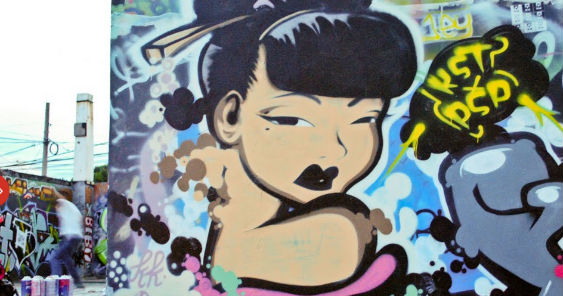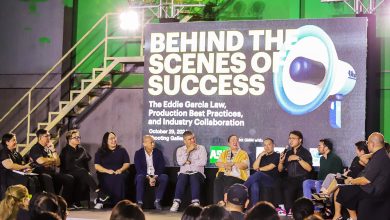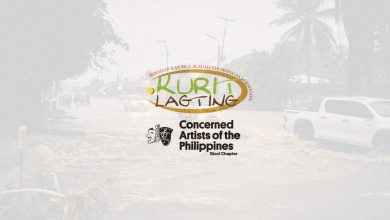MANILA – Always under threat of being painted over or scrubbed out, street art may be fleeting, but now the works can virtually live forever – at least online.
A project of the Google Cultural Institute (GCI), Google Street Art is an online collection of works from street artists around the world. Through an interactive map, viewers can view street art from over 15 countries by over 1,000 artists, including famous names such as Banksy, Roa, JR, and Os Gemeos.
For the project, Google partnered with 30 groups from all over the world. The partners select and curate their own images and exhibitions, and choose which works to include in the project. According to Google, they play no part in the curation.
Google communications manager Gail Tan shared that Google Street Art started after a collection by Sao Paolo Street Art featured on GCI became popular with users.
“Our users loved this collection so much that we thought we’d expand it globally,” Tan said.
“By working with partners from around the world, we’re doing our bit to help preserve these beautiful and expressive works of art so all of us can enjoy them long after the paint has faded from the walls, helping people access them whenever and wherever they like,” she explained.
The Philippines, represented by Filipino Street Art, is the only country from Asia Pacific that is included. Filipino Street Art has uploaded nearly 300 assets, and created 17 exhibits about local artists.
On the Google Street Art page, viewers can see the paint-covered walls, street signs, and pavements of Metro Manila, Pangasinan, Laguna, Cavite, Iloilo, Cebu, Leyte, and Davao, the handiwork of artists such as ral, Rai Cruz, KooKoo, and painters from art collective Gerilya.
As to the response to the project so far, Tan said: “The project is very new and we do not yet have the numbers but we’ve been delighted by the response so far.”
“There was a lot of interest on social media around the time of the launch and we look forward to adding more and more content from here,” she added.
Tan also said that Google is open to talking to those involved in preserving Philippine architecture. Like street art, many heritage buildings in the country are also in constant danger of being torn down.
“The Cultural Insitute embodies the Art Project, History Project and World Wonders so there are lots of scope for partners with content of all kinds to join the project if they have digitized content,” Tan said. “We’d welcome speaking to partners involved in the preservation and history of architecture.”
As Tan shared, there are three parts to the GCI: Art Project, which allows viewers to see hi-res images of artwork contributed by museums from over 60 countries, as well as explore the interiors of landmarks such as the Palace of Versailles and The White House; World Wonders Project, which makes world heritage sites such as the Stonehenge and the Great Barrier Reef viewable through Street View; and Archive exhibitions, which makes archives from partner museums available online.









